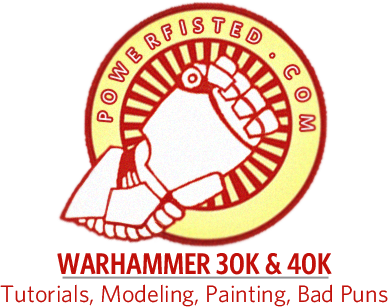Rooting around in my old boxes I found some of my first conversions. They are mostly terrible, but I think they show how it’s possible to learn and get better at this 40k thing if you’re persistent.
I’m a very all or nothing kind of guy. 40k takes a lot of money and time- so I never wanted to build my army without an ability to see the entire vision through. That resulted in years of bad conversions that, slowly, taught me how to model and convert properly. Like many aspects of my hobby, this is a really backwards way of getting better, and I don’t recommend it to anybody. That said, it got me to where I am today, so it worked for me in the long run.
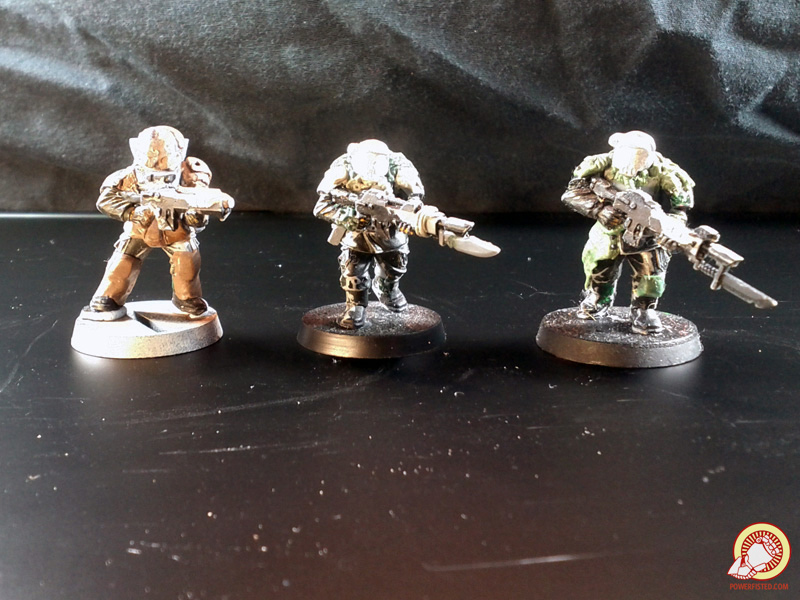
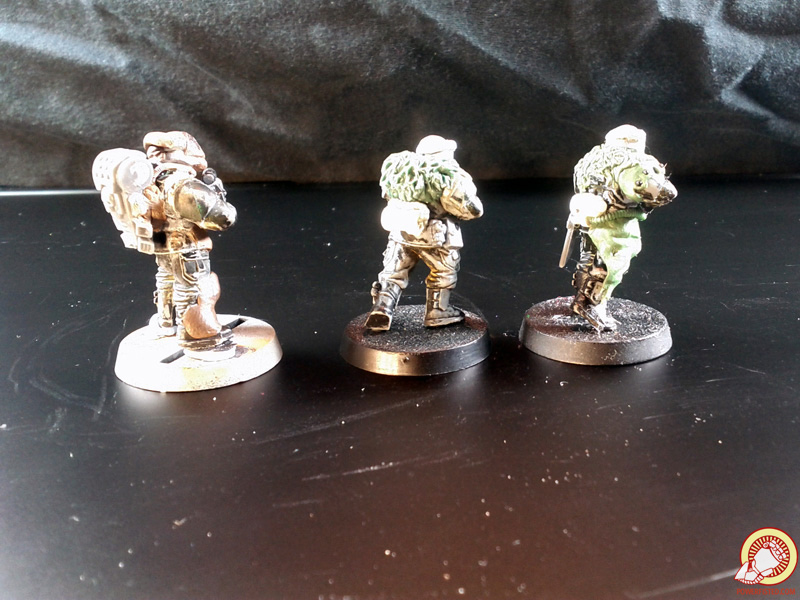
I’ve always loved conversions, but it’s taken years of practice to take a vision and express it successfully using my modeling skills. Like most folks, my first conversions were bad. Really bad. These bad boys are some of my first attempts at sculpting using greenstuff and brownstuff. Back then, right after Chaos 3.5 edition, I wanted some traitor guard to go along with my Iron Warriors. After getting some used Cadians on ebay, stripping them, and then trying to sculpt some fur or armor onto them… well, the end result was so bad I dropped the project for half a decade.
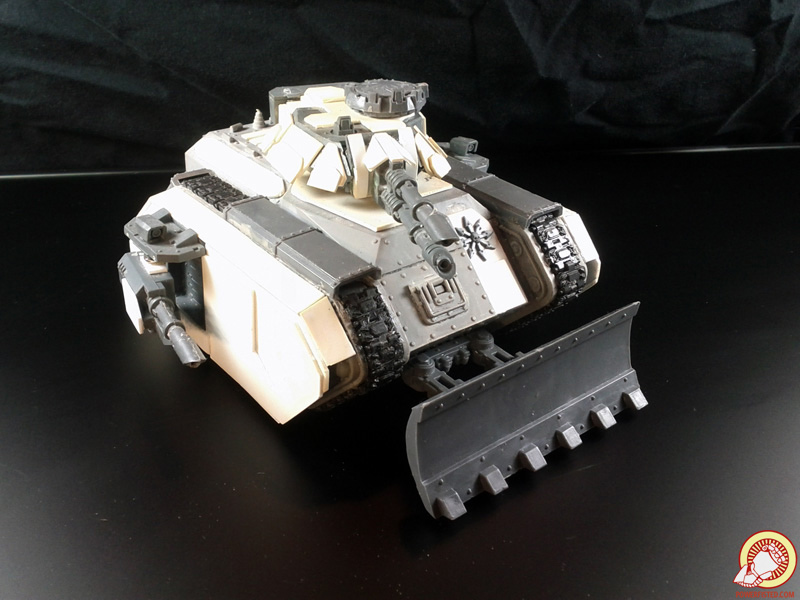
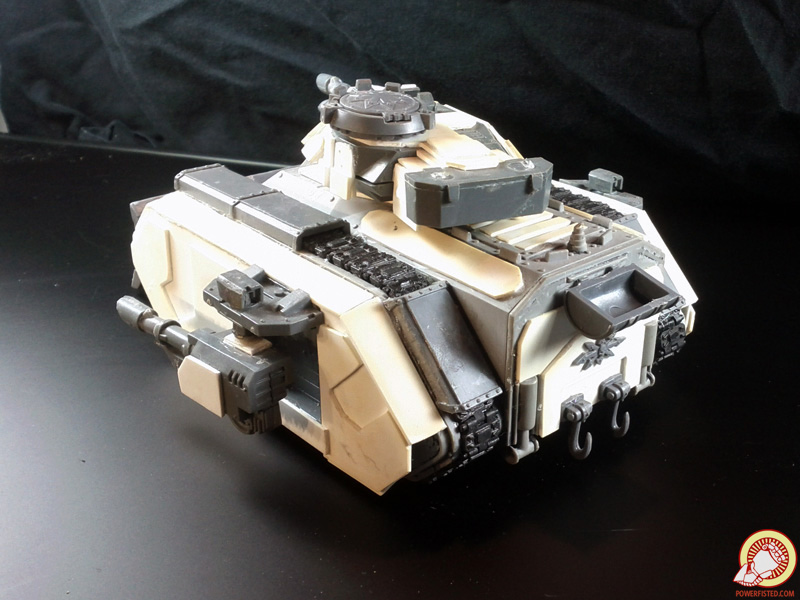
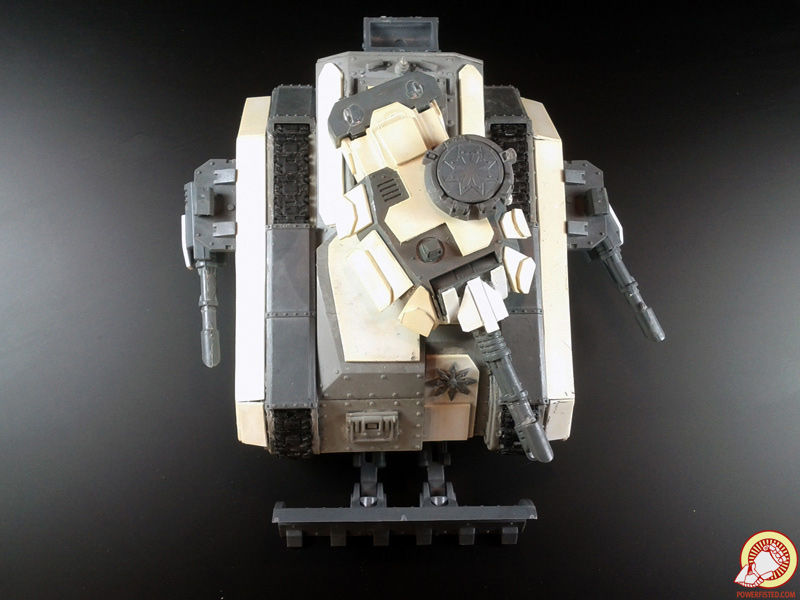
Oh baby. I bought enough parts to build 3 of these ‘chimera predators’. You see I always hated boxy predator tanks. The natural solution was to slam the turret parts onto a chimera and box it out with plasticard… the concept wasn’t… awful, but with the tools and skill I had back then there was no way I could deliver on my vision.
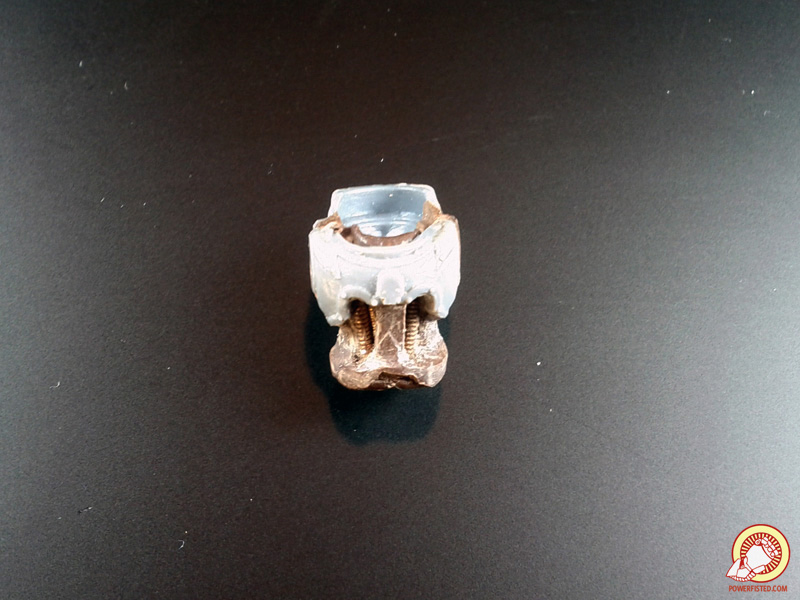
A few years later I picked up some CSM pieces and started experimenting with truescale CSM. I liked the idea of making veterans of 10,000 years of conflict and truescale itched that scratch. This is the only chest piece that survived from that time. Like many of my early projects it started out strong, but I burned out shortly afterward because I didn’t have the right tools, the level of skill required, and the end result demotivated me from going any further. But I still got better by doing it.
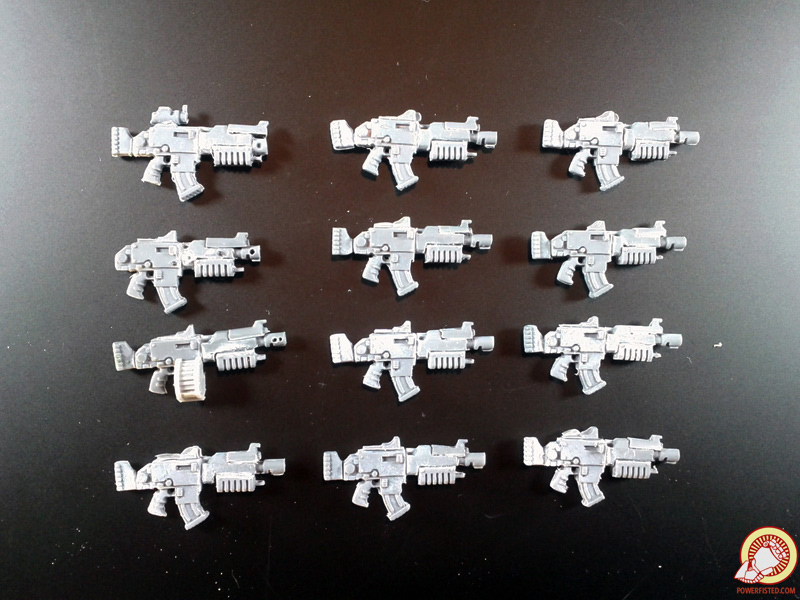
I kept going. I kept getting bits on ebay and trying my hand at conversions every 6 months or so. Over time I’d collected enough of the right tools to make the jobs quicker and more enjoyable. I got more done and I was able to get the execution down much better. Here’s 12 bolters I converted for another truscale CSM project. If you haven’t guessed, I didn’t like regular bolters, so I set out to make my own. Yes it’s true, I am insane. These are one of my first conversions that turned out the way I saw them in my head. This was the first time I felt confidence in building an army. In fact, I still think they look pretty cool and I need to find a place for them.
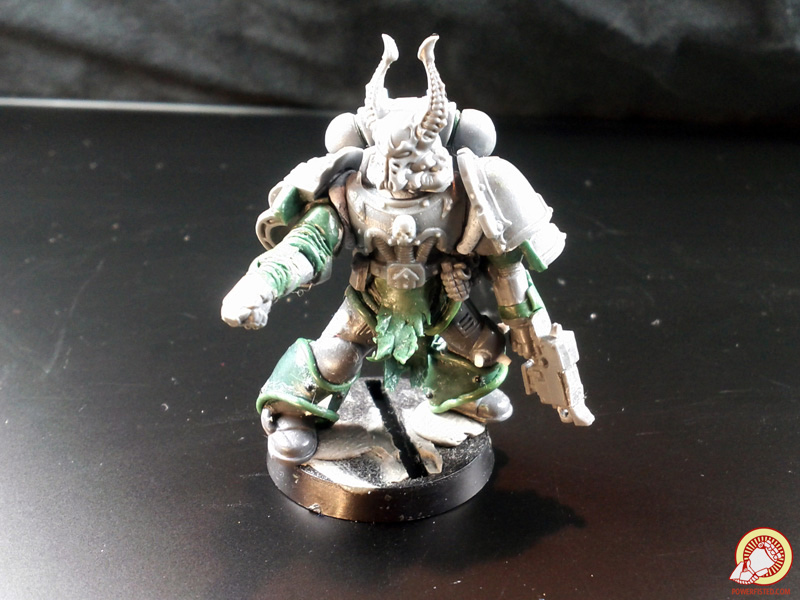
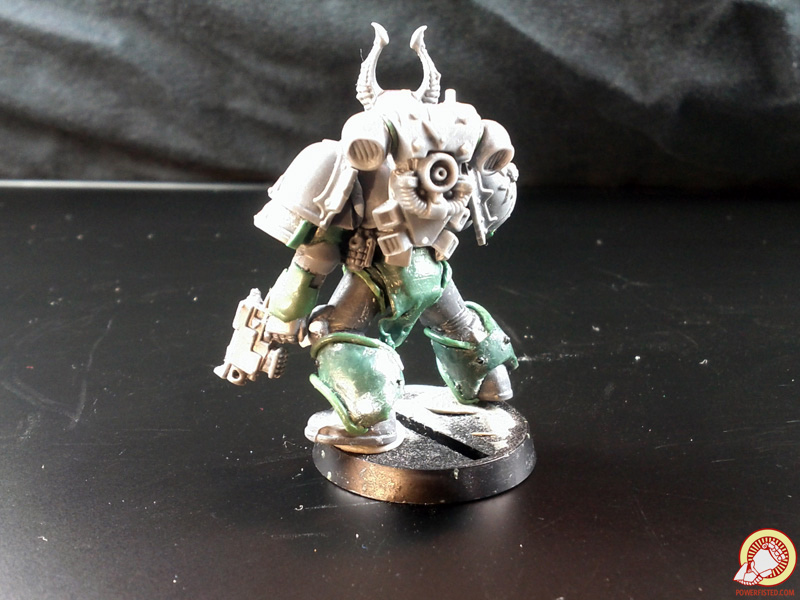
Here’s where things began to really come together. My first and only truescale CSM. I learned how to sculpt and model a unified vision on this guy. He’s far from perfect, but I think he turned out pretty cool, all things considered, and I might paint him up someday. The important part is that I built my confidence up with him.
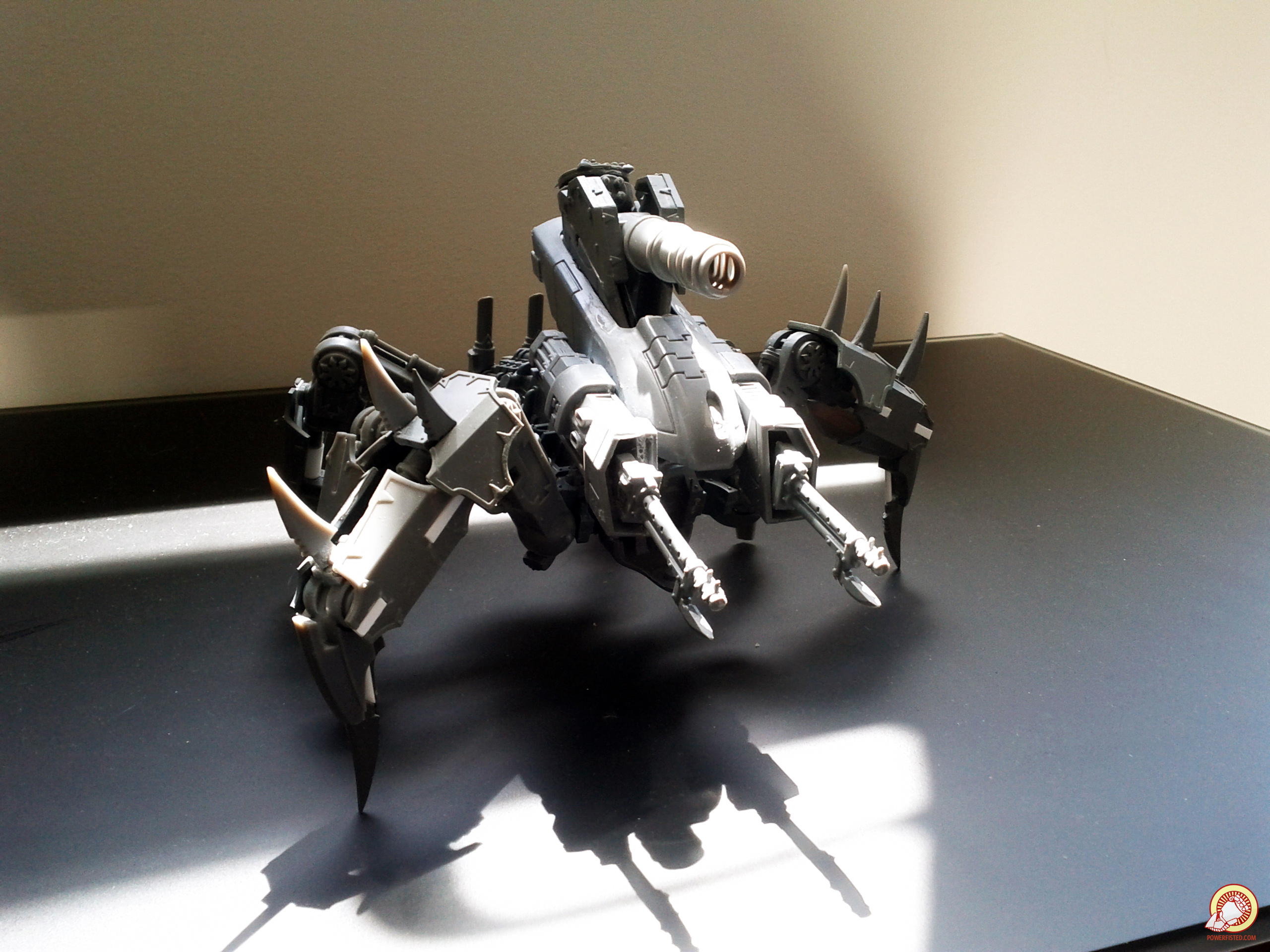
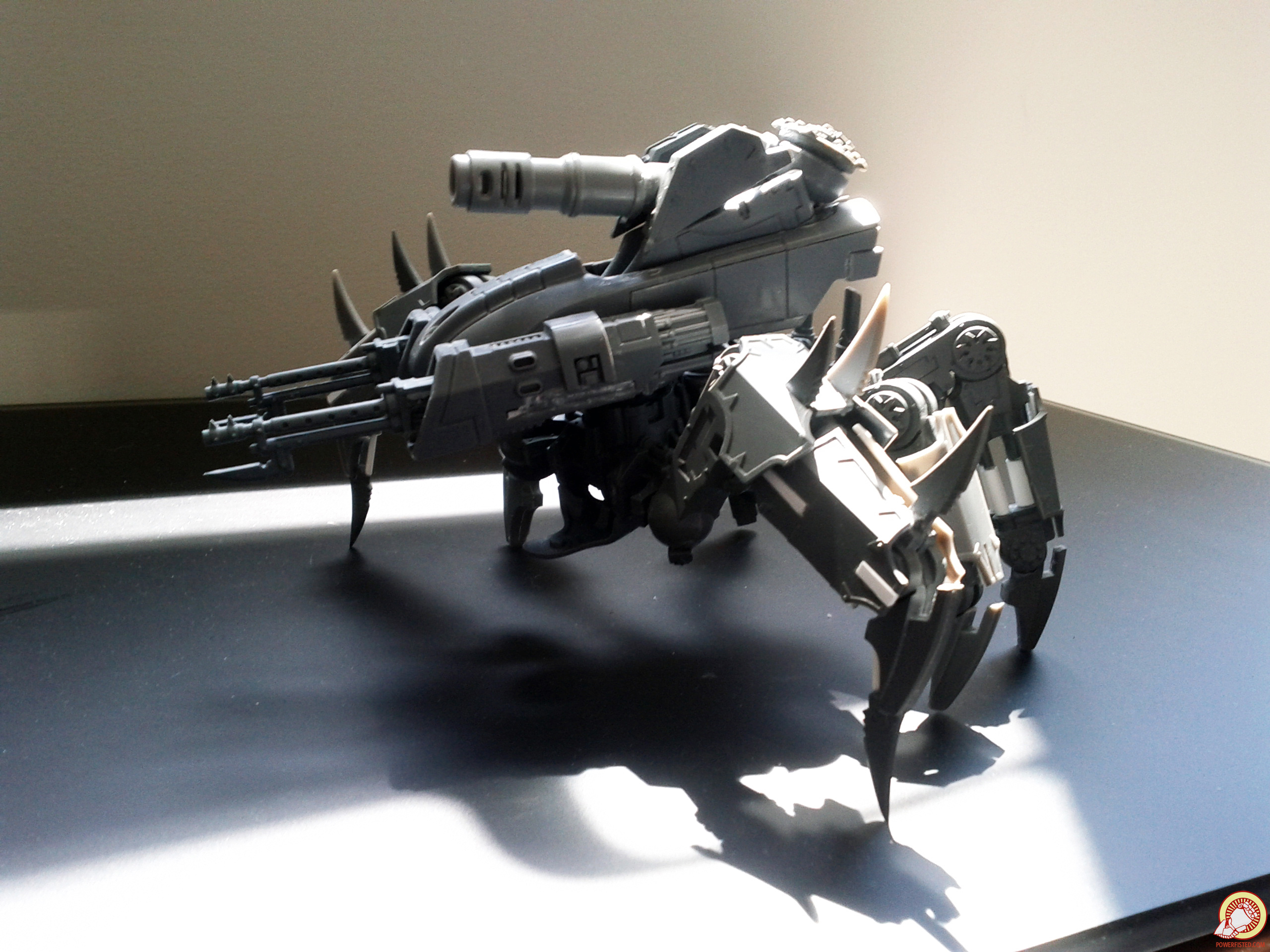
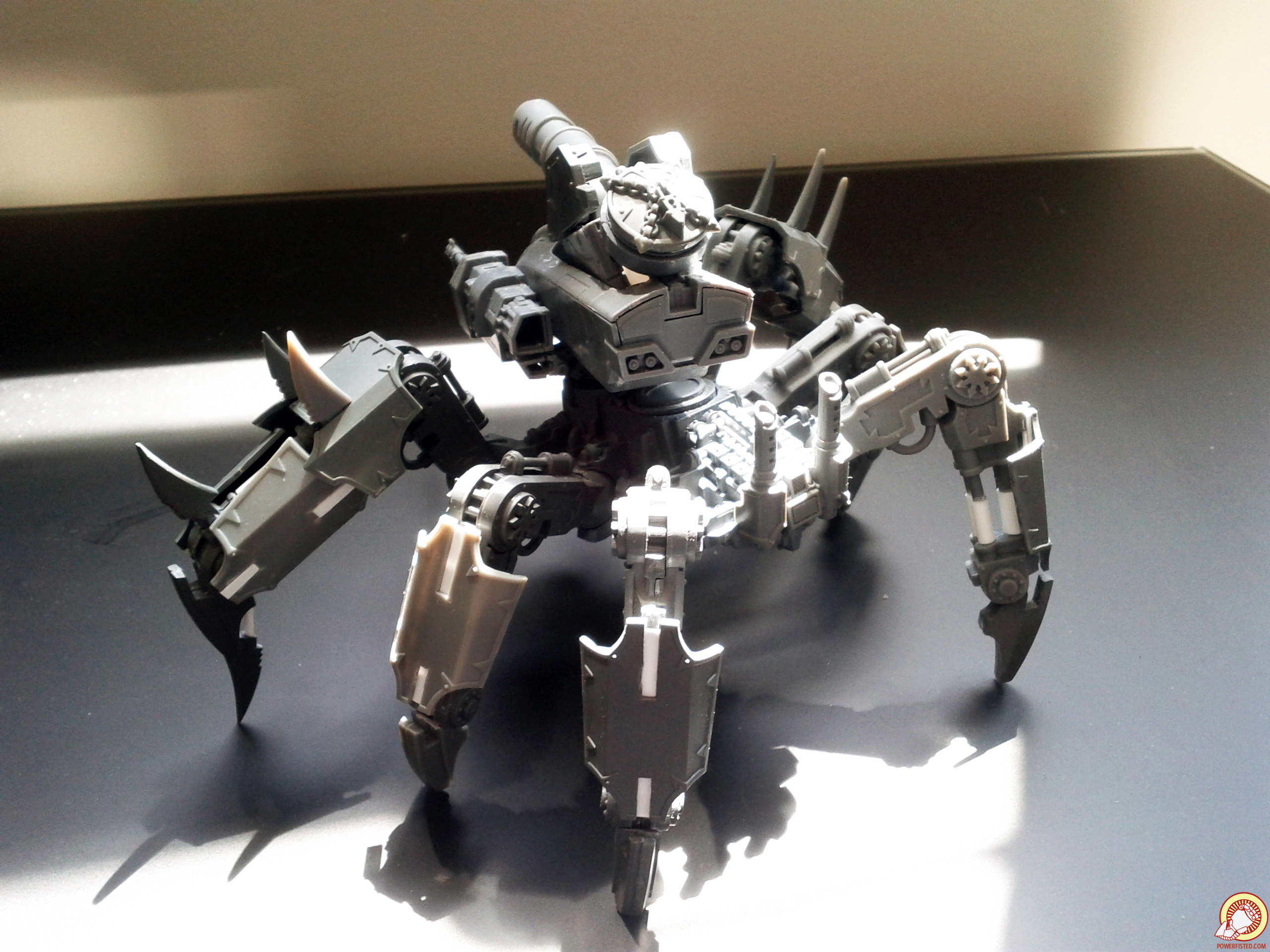
By this point I’d figured out how long things take to do, had all the tools to do them, and had done them enough to be proficient. I bought enough parts to make 3 of these defilers for what I imagined was going to be my return to 40k. I only finished roughing out this one model, but its plain to see how much better it looks compared to other things I’d worked on. Then the 5th edition chaos codex hit, who’s poor quality killed my will to do this project and prolonged my return for another several years.
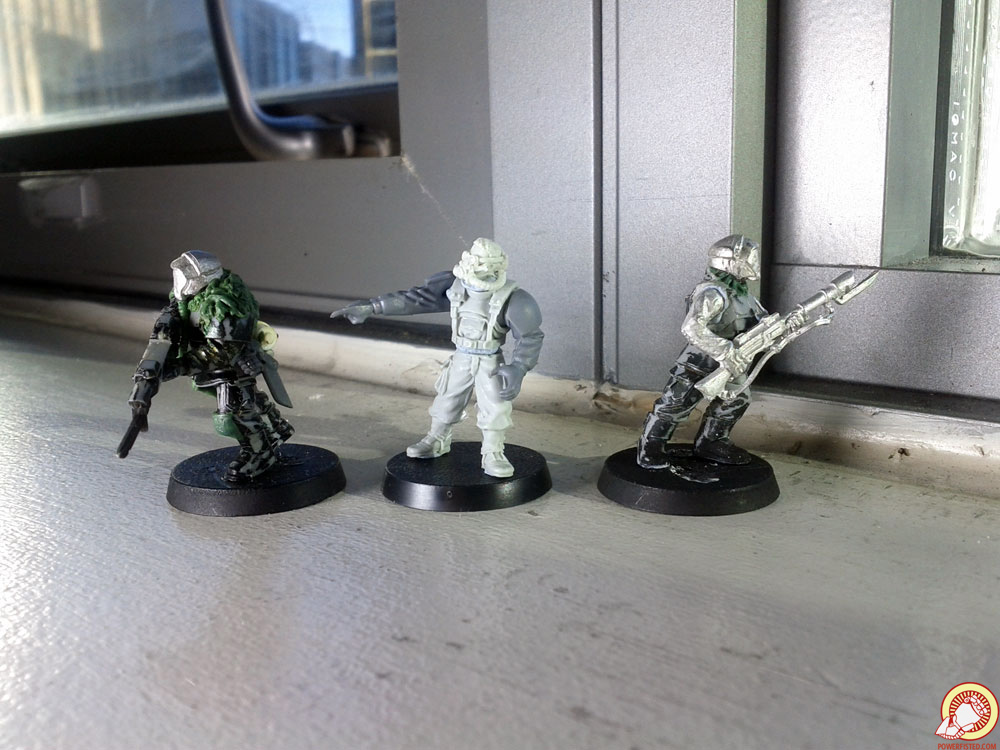
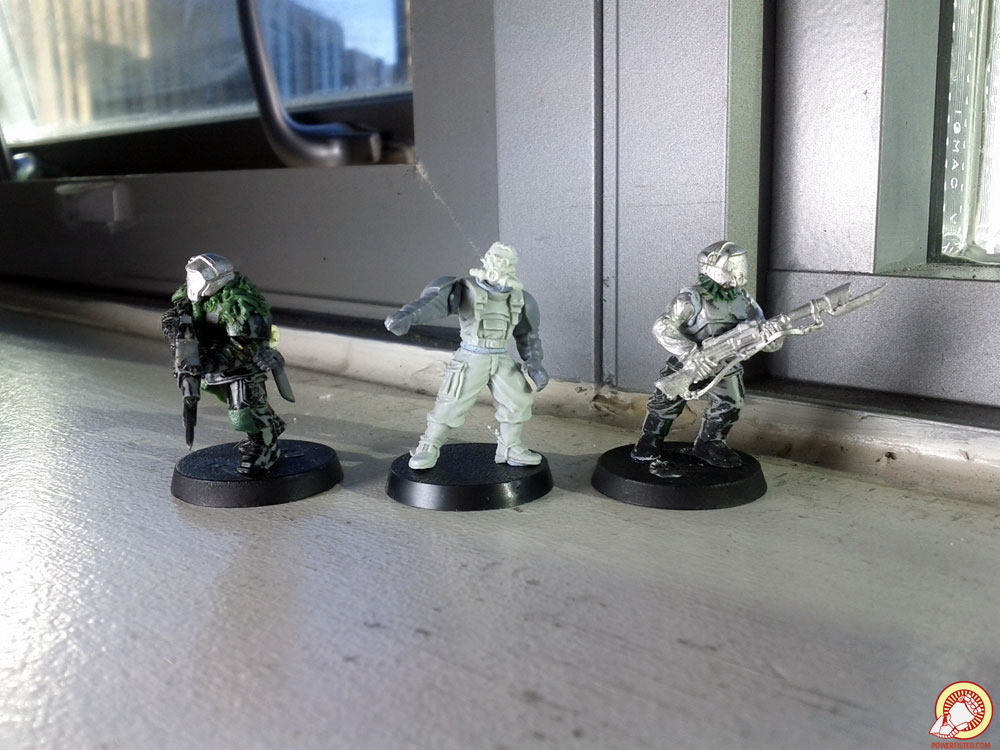
Here’s where I am with conversions as of 2014, or about 10 years in the hobby. I’m still learning and have a long way to go, but I can get decent results after coming up with a vision. These are explorations for what my 30k Imperial Army detachment, the “Bohtar Clibanarii” (!~nerd alert~!), might look like. After I was happy with the initial direction I made a proof of concept:
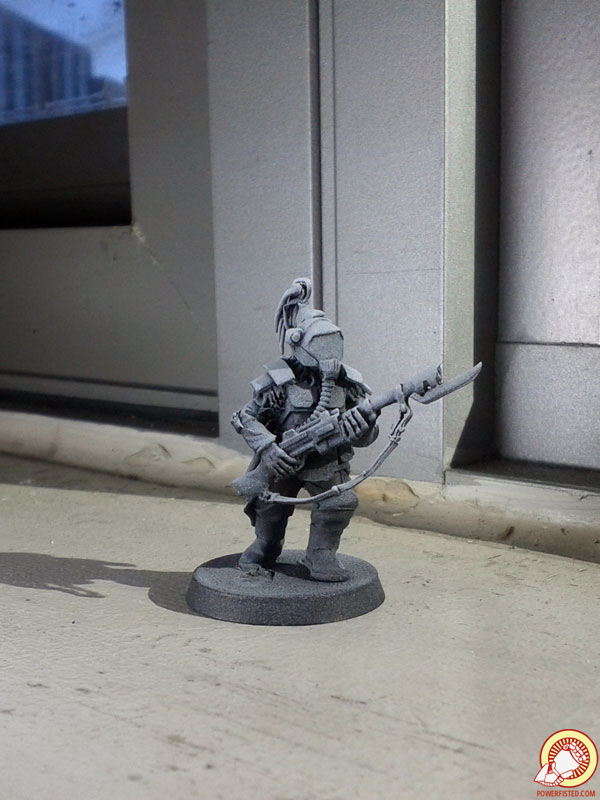
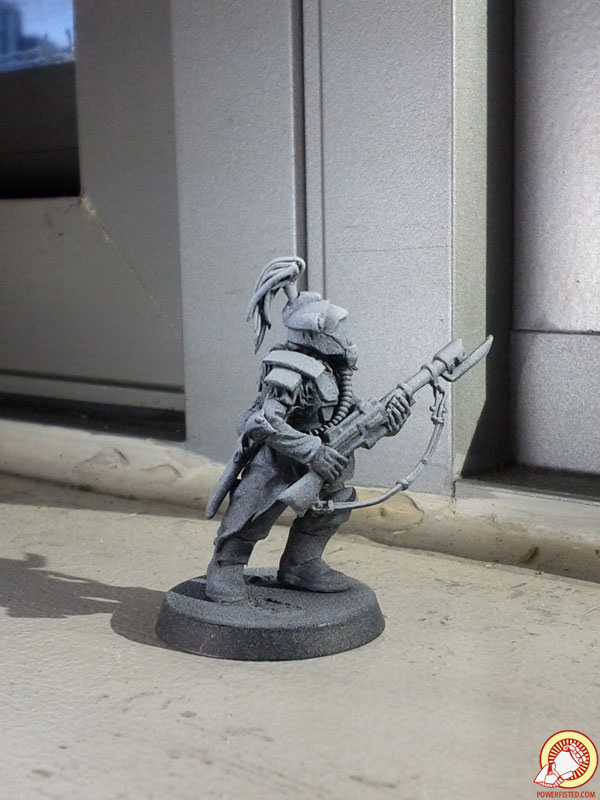
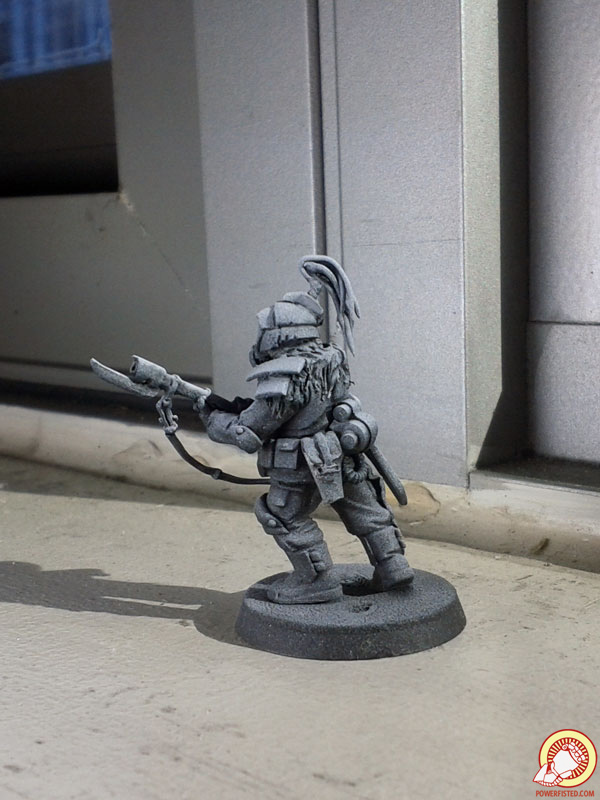
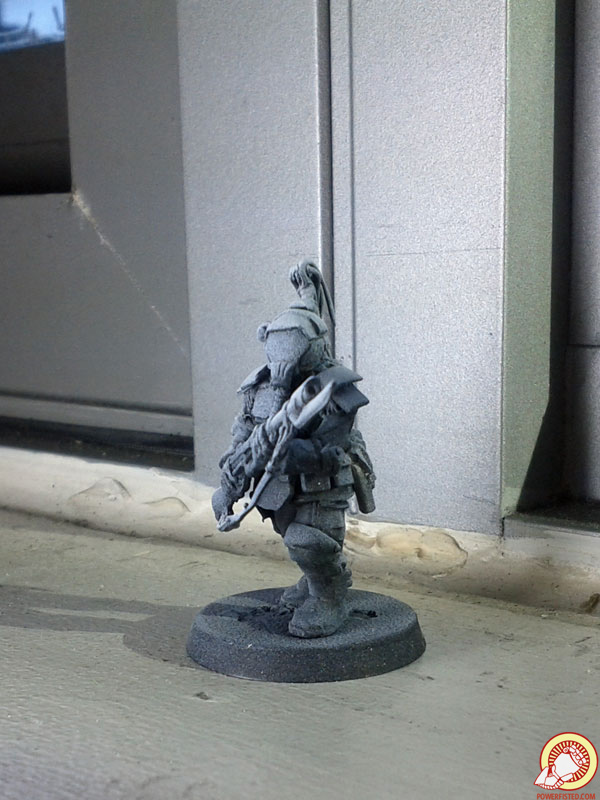
I’m not happy with the plume or respirator, but besides that all the other things go together well. After my first conversions were 90% failures with 10% success, it’s really satisfying to pick out only a few little details to improve upon instead of staring at the entire model and feeling disappointed. My stubbornness and determination got me here. Perhaps ironically, a similar process led me to improve my painting.
